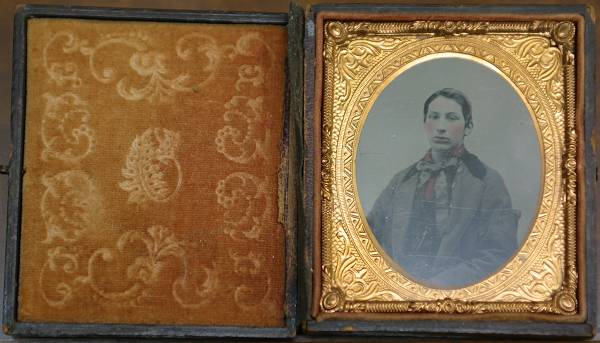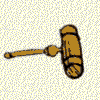|
|


| In 1837, Frenchman Louis Daguerre had some success in his experiments to create a practical photograph. Photos made by his process became known as Daguerreotypes. By 1840, Daguerreotypes were all the rage in Europe. Impractical for the home snapshooter, "professionals" cropped up everywhere, often having no idea of how to make a photograph! Exposing an early daguerreotype took time and the medium was wholy unsuited for any kind of action. For portraiture, the sitter was often literally clamped into position for 20 minutes, or more. No wonder the subjects had such grave expressions on their faces. In return, the process created images of very sharp detail. The actual process involved silver plating a metal plate, which was then polished to a mirror finish. The silver surface was sensitized by exposing it to iodine fumes. The plate was then fitted to the camera or a light-tight plate holder. After making the exposure, the image was developed by means of highly toxic mercury vapor. The highly detailed image was very delicate and had to be kept behind glass to preserve it. There was no negative, as was, and is, found with other photographic processes. This makes every daguerreotype a one-of-a-kind window to the past. Often, to enhance the image with color (or to cover up a lack of skill in taking the photograph) daguerreotypes were hand-painted. This has actually helped a good many unframed images to survive and further personalized these unique images. Info from: The Story of Popular Photography, Colin Ford. ISBN 0 943955 15 7 |

Copyright 2003 by Flomaton Antique Auction, Inc.
Design and photos by neal <at> ncollier.com
Posted
03-07-03